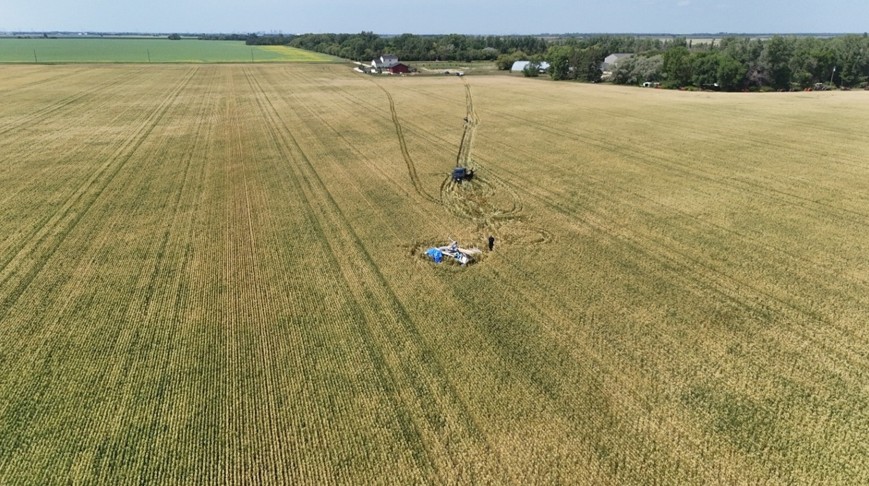Loss of control and collision with terrain
Privately registered
Quad City Ultralight Aircraft Corporation Challenger II (advanced ultralight), C-IEBK
Winnipeg/Lyncrest Aerodrome (CJL5), Manitoba, 5 NM ENE
The occurrence
On 26 July 2025, a privately registered Quad City Challenger II advanced ultralight aircraft, equipped with amphibious floats, departed from Winnipeg/Lyncrest Aerodrome, Manitoba, on a local flight under visual flight rules.
During the flight, the aircraft was observed pitching nose down before colliding with terrain approximately 5 nautical miles east-northeast of the aerodrome. There was no post-impact fire.
Emergency services (the Royal Canadian Mounted Police, municipal volunteer fire department, and emergency medical services) attended the scene. The pilot, who was the sole occupant, was fatally injured. The TSB is investigating.
Work completed as of September 2025
The investigation has revealed so far that the occurrence aircraft was on its 4th flight following construction by the owner. It had been fitted with amphibious floats, allowing for operations on both land and water. To document its flights, the aircraft could be equipped with up to 4 mounted cameras. Portions of 3 cameras were recovered by the TSB.
After the incident, 3 memory cards were recovered for examination. Data from a wing-mounted camera was accessible and contained a video capturing the occurrence. The 2 remaining memory cards were damaged and sent to the TSB Engineering Laboratory for further analysis in an effort to retrieve additional data.
Media materials
Class of investigation
This is a class 4 investigation. These investigations are limited in scope, and while the final reports may contain limited analysis, they do not contain findings or recommendations. Class 4 investigations are generally completed within 220 days. For more information, see the Policy on Occurrence Classification.
TSB investigation process
There are 3 phases to a TSB investigation
- Field phase: a team of investigators examines the occurrence site and wreckage, interviews witnesses and collects pertinent information.
- Examination and analysis phase: the TSB reviews pertinent records, tests components of the wreckage in the lab, determines the sequence of events and identifies safety deficiencies. When safety deficiencies are suspected or confirmed, the TSB advises the appropriate authority without waiting until publication of the final report.
- Report phase: a confidential draft report is approved by the Board and sent to persons and corporations who are directly concerned by the report. They then have the opportunity to dispute or correct information they believe to be incorrect. The Board considers all representations before approving the final report, which is subsequently released to the public.
For more information, see our Investigation process page.
The TSB is an independent agency that investigates air, marine, pipeline, and rail transportation occurrences. Its sole aim is the advancement of transportation safety. It is not the function of the Board to assign fault or determine civil or criminal liability.
